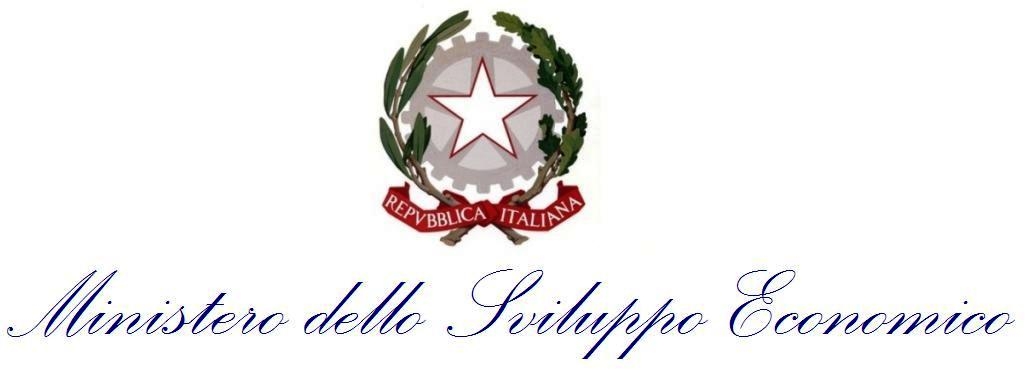Tax credit Research and Development
• for the years 2015-2019 (instead of 2014-2016);
• in favor of all companies investing in research and development, regardless of turnover (no longer only those with an annual turnover of less than € 500 million);
• up to a maximum annual amount of 5 million euros (rather than 2.5 million euros) for each beneficiary;
• 25% (and not more than 50%) of annual increases in R & D expenditure compared to the average of the 3 tax periods prior to the one in progress as of 31.12.2015, provided that expenses are incurred for research and development equal to at least € 30,000 (instead of € 50,000) in each of the tax periods;
• also for expenses related to technical skills and industrial privatives.
Subsequently, with the Decree of the Ministry of the Economy and Finance of 27.05.2015, issued in agreement with the Minister of Economic Development, the implementing provisions of the tax credit in question were adopted.
Now, with Resolution n. 97 / E of 25.11.2015, the Inland Revenue also established the tax code for the use in compensation of the tax credit.
Tax credit research and development: interested parties
In fact, the maximum turnover limit of € 500 million previously provided for by the Destination Italy Decree has been eliminated.
Research and development tax credit: subsidized expenses
• recruitment of “highly qualified” personnel employed in research and development;
• amortization of the costs of acquisition / use of laboratory instruments and equipment, within the limits of the amount obtained by applying the coefficients referred to in Ministerial Decree 31.12.1988, and in any case with a unit cost of not less than € 2,000 (net of VAT);
• costs of research carried out in collaboration with universities and organizations or research organizations and with other companies, including innovative start-ups;
• technical and industrial proprietary skills related to an industrial, biotechnological or topographical invention of semiconductor products or to a new plant variety also acquired from external sources (this last type of expenditure is a novelty introduced by the 2015 Stability Law compared to what was originally envisaged by the Destination Italy Decree);
• experimental or theoretical works having for the acquisition of new knowledge;
• planned research or critical investigations aimed at acquiring new knowledge, to be used in order to develop new products, processes or services or to improve existing products, processes or services;
• acquisition of knowledge to produce projects, plans or designs for new, modified or improved products, processes or services;
• production and testing of products, processes and services, provided they are not used / processed in view of industrial applications or for commercial purposes.
Ordinary or periodic changes to products, production lines, manufacturing processes, existing services and other operations in progress are not considered to be eligible, even when these changes represent improvements.
Tax credit research and development: measure
For companies in business for less than 3 tax periods, the average investment in research and development to be considered for the calculation of incremental expenditure is calculated over the entire period since their formation, even if in this case it is less than 3 years.
However, it is expected that the credit will be up to 50% rather than 25%, for investments in research and development related to:
• recruitment of highly qualified personnel;
• “extra muros” research costs, that is carried out in collaboration with universities and research bodies and organizations and with other companies, such as innovative start-ups.
• it must be indicated in the mod. UNIQUE relating to the tax period during which it is accrued;
• it does not contribute to the formation of income or the IRAP tax base;
• does not recognize for the purposes of the ratio of deductibility of interest expense pursuant to art. 61 and 109, TUIR;
• it can only be used in compensation.
Tax credit research and development: how to use it in compensation
Article. 6, paragraph 3 of the MEF Decree 27.05.2015 established that the research and development tax credit can only be used for offsetting, starting from the tax period following the one in which the costs were incurred.
To this end, with Resolution n. 97 / E of 25.11.2015, the Inland Revenue established the tax code “6857”, called “Tax credit for research and development activities – art. 3, D.L. December 23, 2013, n. 145 “.
When completing the F24 payment form, the aforementioned tax code is shown in the “Tax Office” section corresponding to the amounts indicated in the column “compensated amounts”, or, in cases where the taxpayer has to proceed with the reversal of the subsidy , in the column “amounts to debt paid”.
The “reference year” field is valued with the year of expenditure support, in the “AAAA” format.
It is specified that the tax code will be operational from 1 January 2016.


